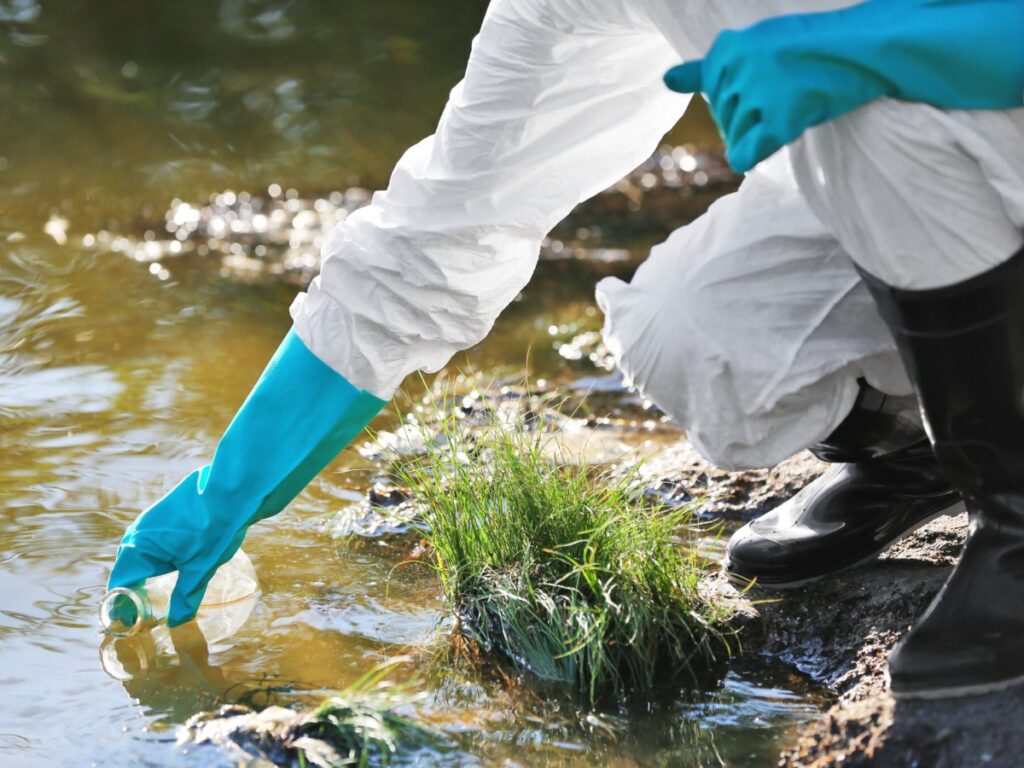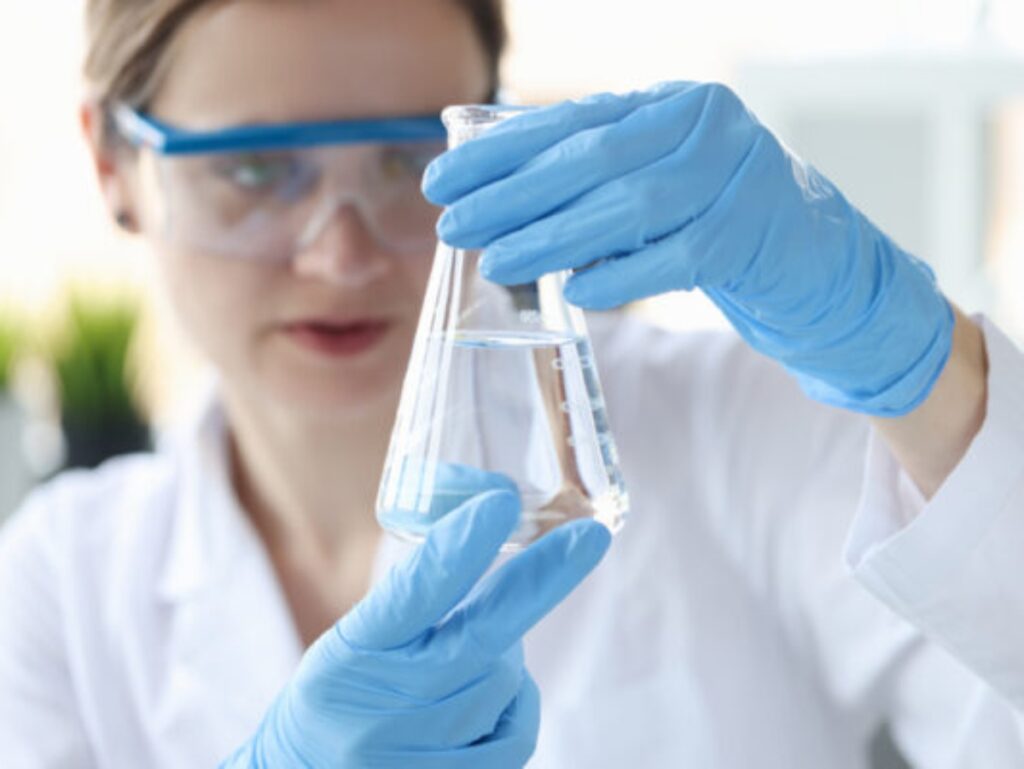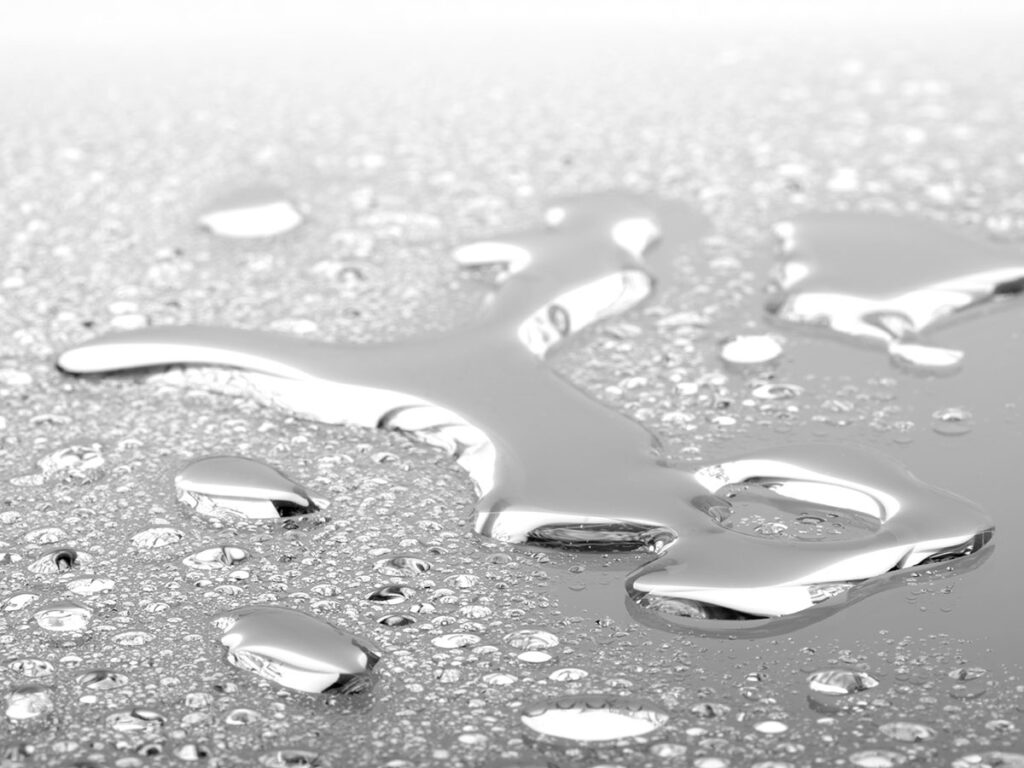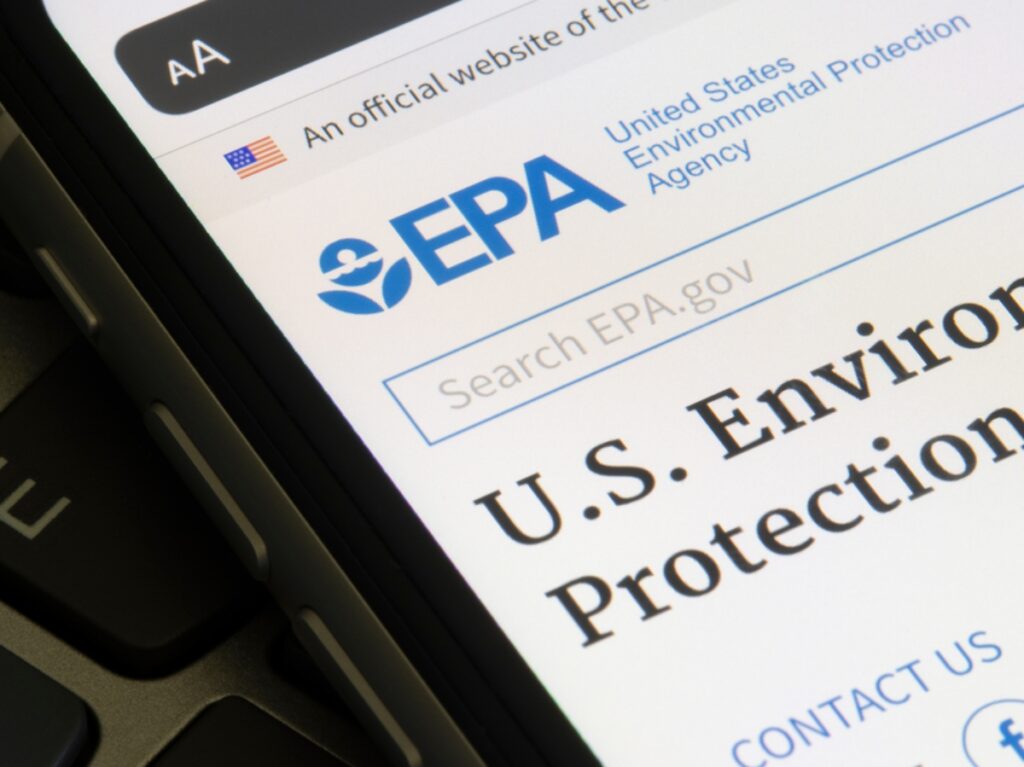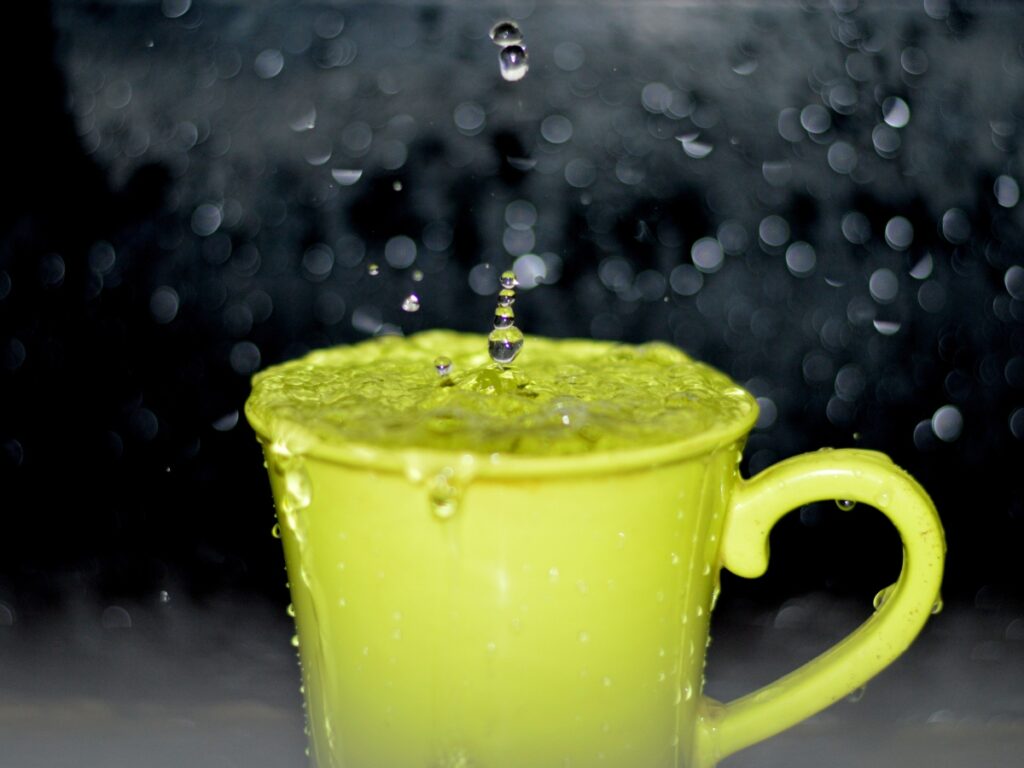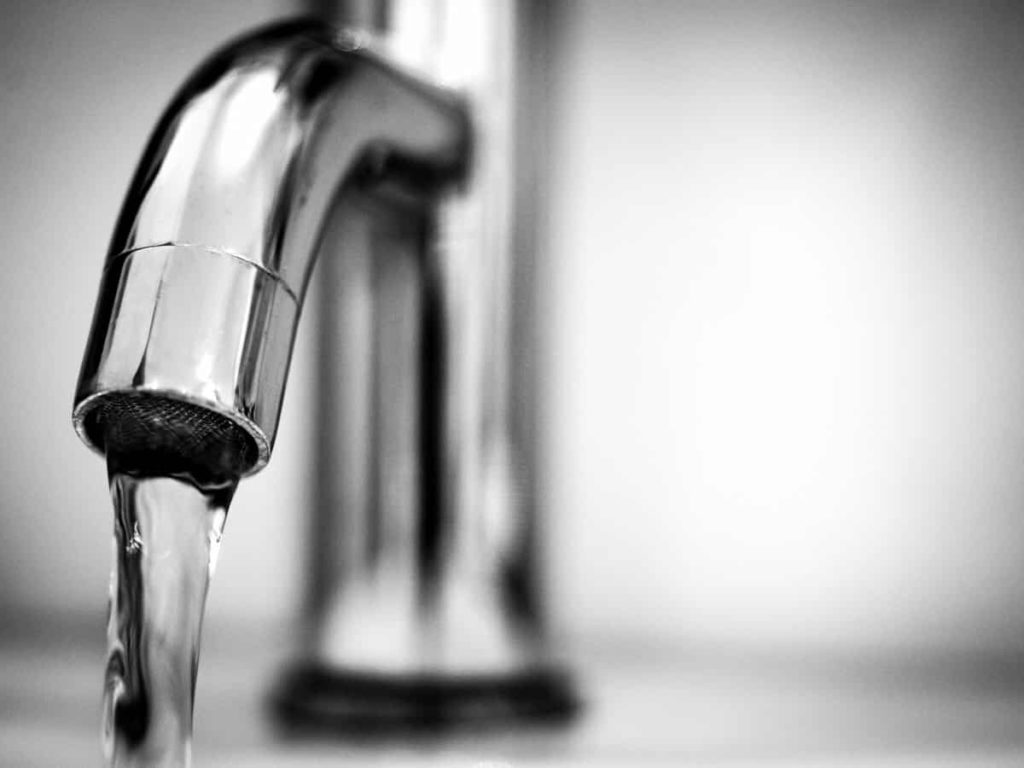- Posted On August 18, 2023 |
- Category: Water
Reading Time: 6 minutes
Perfluorobutane sulfonate (PFBS) is a type of per and poly-fluoroalkyl substance (PFAS) most popular in many industries, including aviation, automotive, electronics, firefighting, food processing, and waterproof clothing. The high usage of PFAS in various consumer products has led to its prevalence in the air, soil, and water. This creates a major concern, as PFAS chemicals are known to be



